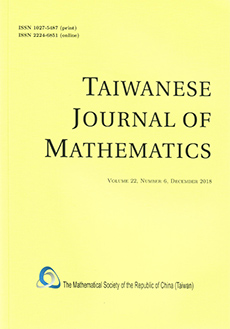Abstract
Let $n$ be a positive integer. An $n$-manifold $M$ is a Hausdorff topological space with a countable base of open sets such that $M$ is locally the Euclidean space $\mathbb{R}^n$, that is, for each $x \in M$ there exists an open neighborhood $U$ of $x$ and a homeomorphism $U \stackrel{\varphi}{\to} V$ from $U$ onto an open subset $V$ of $\mathbb{R}^n$. A compact $n$-manifold is an $n$-manifold which is compact as a topological space. It is clear that any $n$-manifold is locally path-connected and so is a path-connected space if it is a connected space. It is also clear that a compact $n$-manifold has only a finite number of path components, each of these being a compact path-connected $n$-manifold.
$\mathbb{R}^n$ and any of its non-empty open subsets are examples of $n$-manifolds. These are not compact manifolds. Let \[ S^n = \{ x = (x_1,\dotsc,x_{n+1}) \in \mathbb{R}^{n+1} |\ \|x\| = \sqrt{x^2_1+\cdots+x^2_{n+1}} = r \gt 0 \}, \] called the $n$-sphere (of radius $r$). $S^n$ is a path-connected compact $n$-manifold (note that $n \ge 1$). It is easy to see that any two $n$-spheres of different radii are homeomorphic.
Citation
Wen-Hsiung Lin. "TOWARD THE POINCARÉ CONJECTURE." Taiwanese J. Math. 10 (5) 1109 - 1129, 2006. https://doi.org/10.11650/twjm/1500557292
Information





